True’s newest merchandiser is now available across Europe
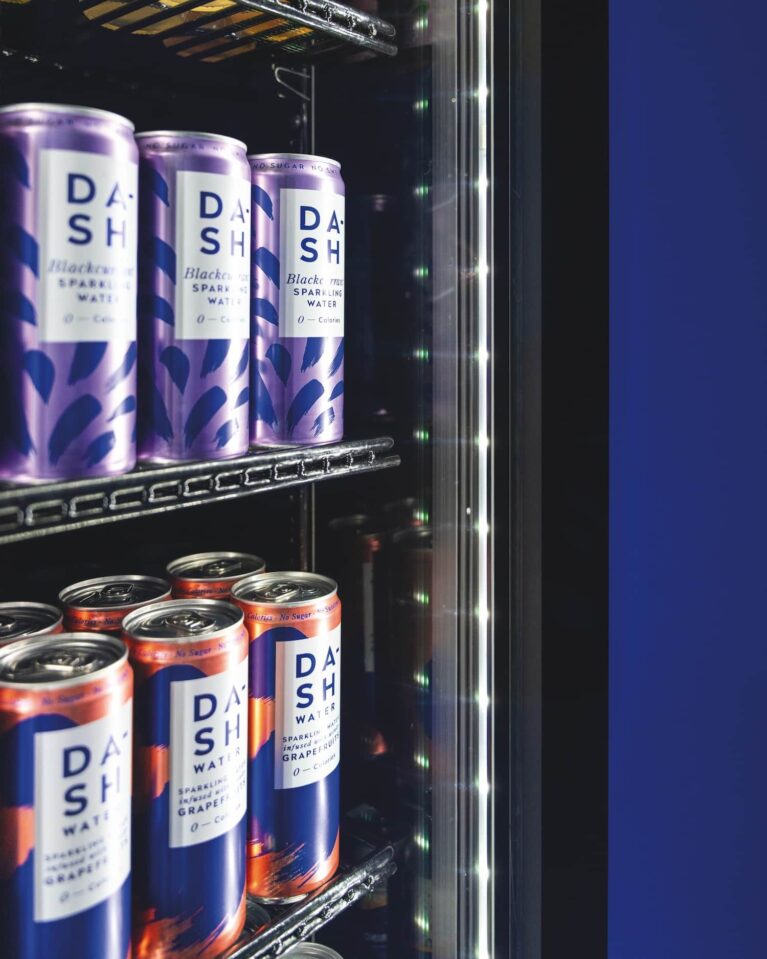
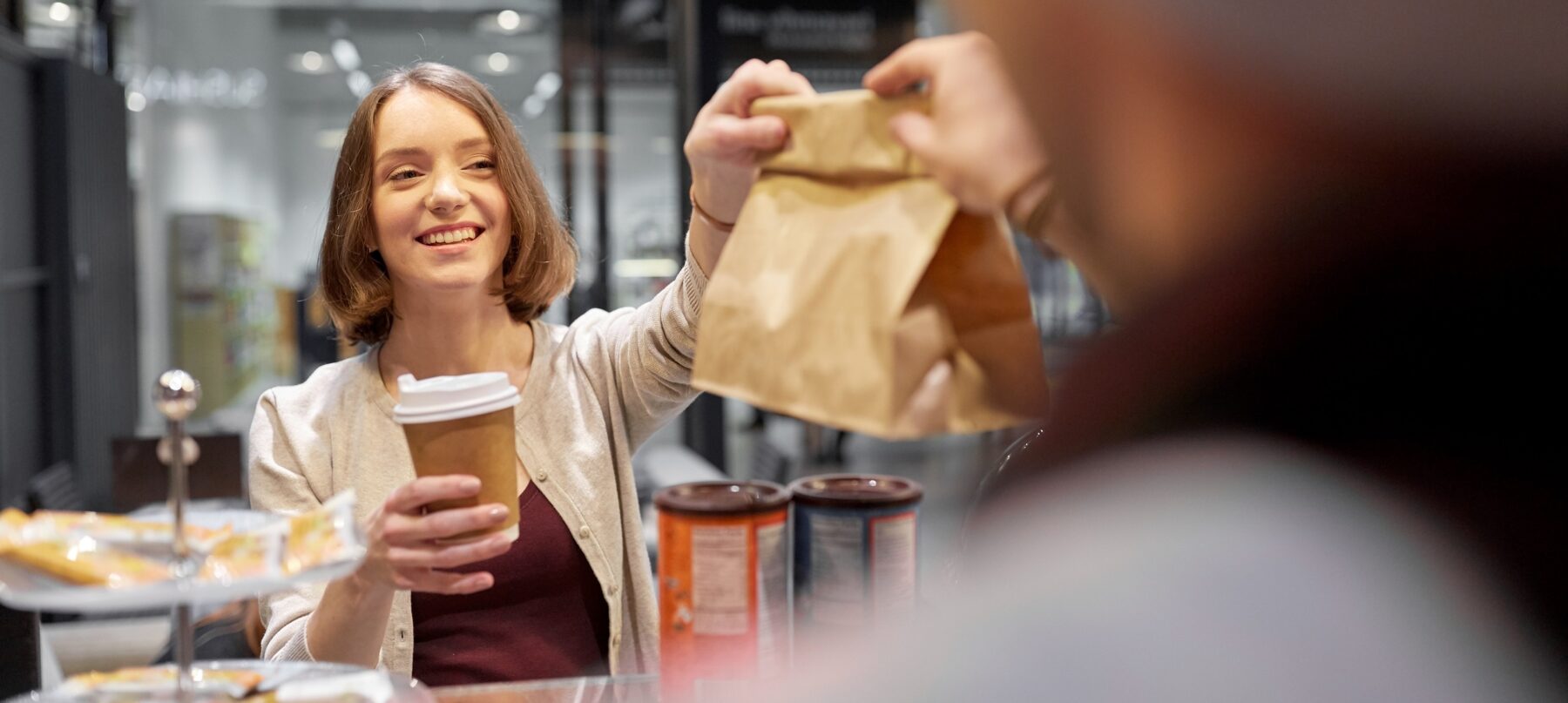
Dining out is on the rise again, with the grab-and-go market set to reach an impressive value of £24bn in 2025, according to Lumina Intelligence.
As changing consumer behaviour reshapes the foodservice industry, it creates more opportunities for retail. By adapting to offer more eating out opportunities and providing greater convenience, businesses can stay competitive and meet this growing demand.
In fact, grab-and-go now accounts for 23.6% of the total eating-out market, up since 2019.
Below, we explore ways in which your retail business can capitalise on these trends.
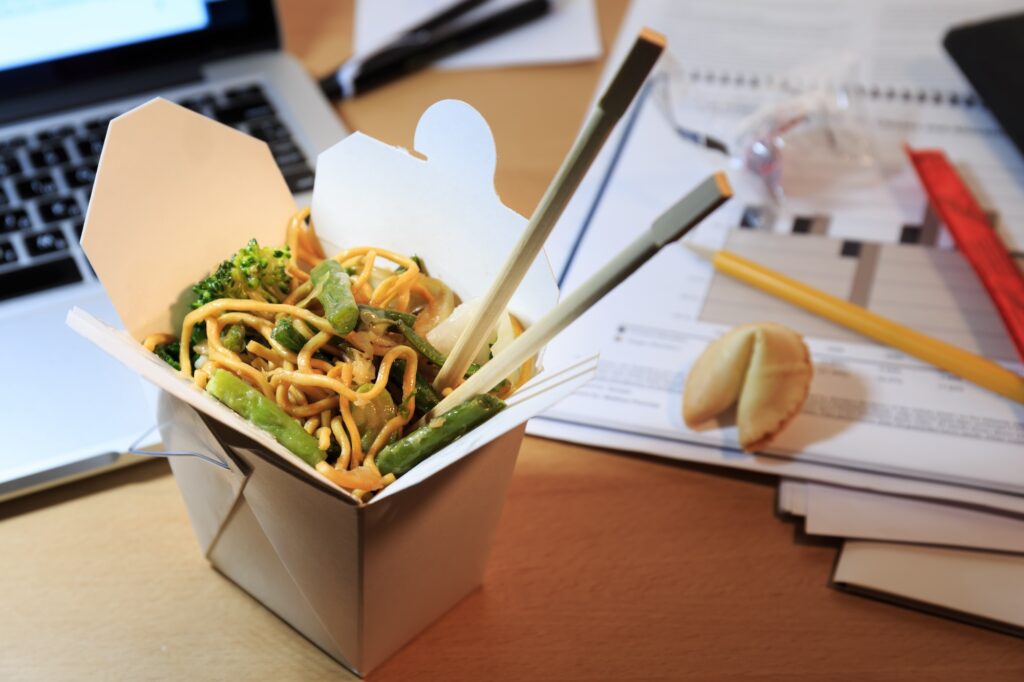
Having evolved from quick working lunches, grab-and-go now serves a range of dining occasions, from weekend shopping trips and a midway stop while travelling to catching up with friends.
Busy lifestyles are driving this change, with consumers looking for fast, convenient and tasty meal options. This shift has sparked an increase in quick-service restaurants and led many retailers to expand their offerings with ready-to-eat meals.
As a result, eating out sales across Europe have grown by 5% in 2024, with another 5% projected for 2025.
For your retail business to stay competitive, spaces must adapt by offering high-quality, delicious options that meet customers’ needs for quick service, transforming how they snack, dine and eat on the go.
To offer a seamless, quick service, many retailers are now offering mobile apps which allow customers to order, pay and even earn loyalty rewards.
In Europe, cashierless stores are becoming more common, with brands like Amazon Go, Aldi, and Monoprix leading the way. These stores are setting new standards for speed and convenience, with touchless payment systems that make transactions smoother and offer a way for customers to bypass queues.
But, it’s not just high street retailers, service stations are evolving too. They now provide more food choices and seating areas for customers who want to enjoy their meals on the move.
For the latest insights into service stations, click below.
Read how service stations are becoming retail destinations
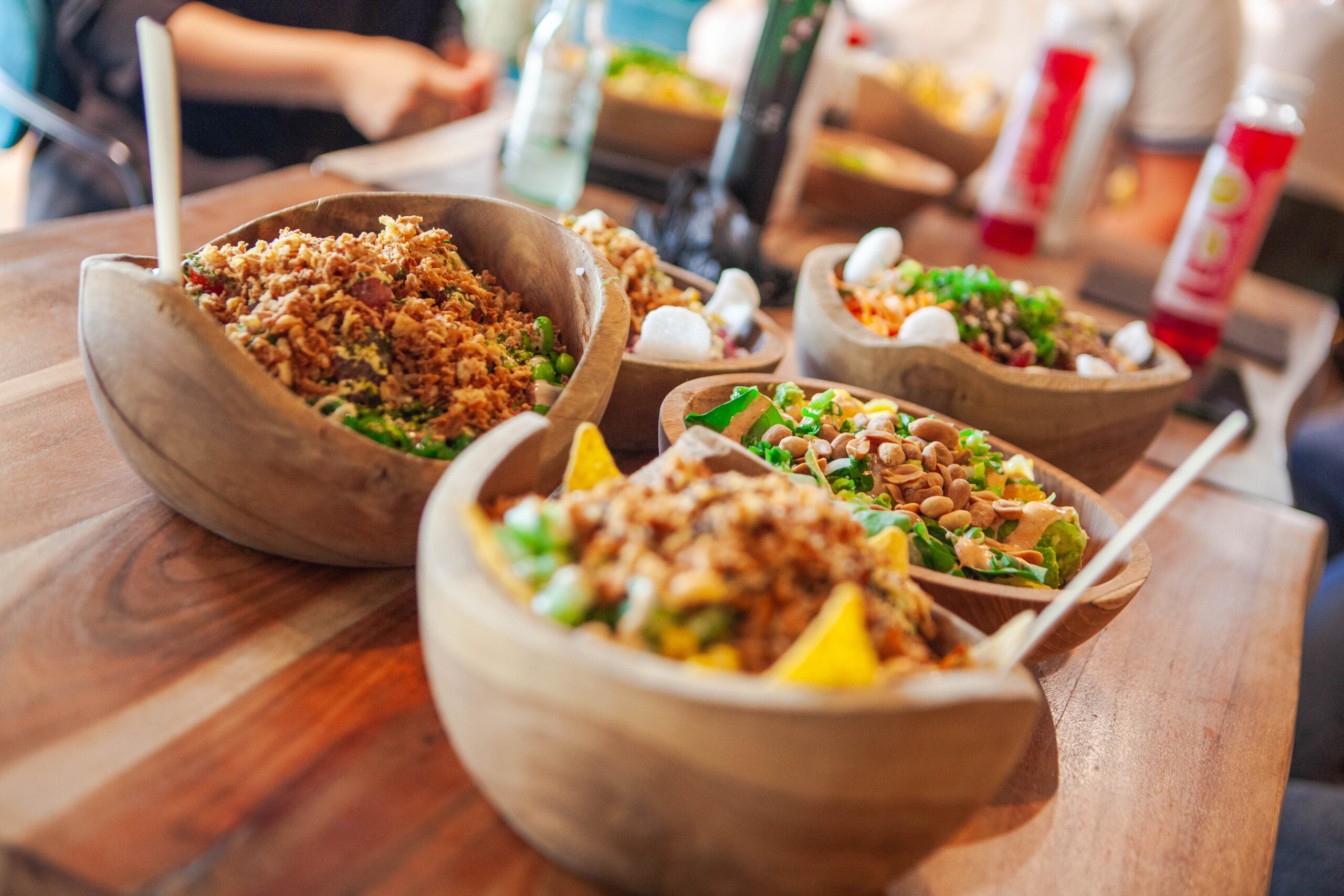
To help your retail business stay ahead in the growing grab-and-go food market, here are some key tips to consider.
We know that food must be kept at a food-safe temperature to maintain its freshness and quality.
For retail businesses offering fresh sandwiches, salads, or snacks, perishable items must be stored below 5°C to stay safe, even if they aren’t consumed right away.
While canned or bottled beverages are safe at higher temperatures, consumers will want to enjoy them cold. Pastries and desserts, however, require specific humidity levels to stay fresh and appealing.
At True, we ensure our glass door refrigeration keeps food safe, ensuring it stays fresh and inviting while also enhancing visibility
Did you know that well-designed retail displays can increase customer satisfaction by up to 5%?
In grab-and-go environments, modern displays play an important role in driving impulse purchases. By ensuring your products are visually appealing, you can catch customers’ attention when they’re on the move.
Features like bright LED lighting, crystal-clear glass doors and sleek designs make your chilled products stand out, encouraging customers to grab a quick snack or drink on the go.
While merchandising your commercial display units is essential, making sure that stock can be replenished quickly is equally important.
Make sure your storage is accessible but also maintains the same food-safe temperatures as your display units. This allows you to restock efficiently without compromising on freshness.
By doing this, you’ll minimise disruption to your customers’ experience while not losing any sales with out-of-stock products.
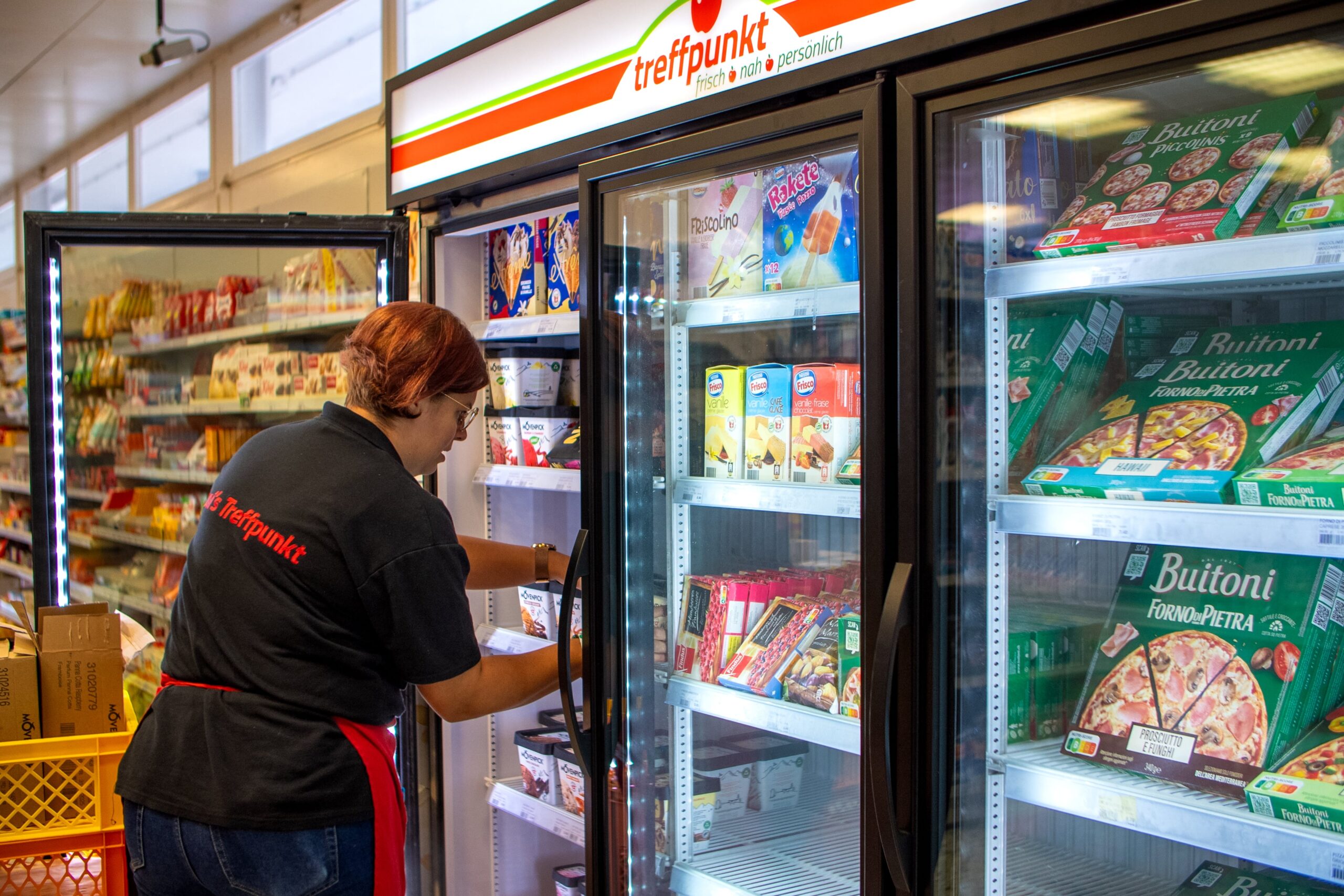
Using equipment which serves more than one purpose can both save space and make your operations more efficient.
With more customers opting for click-and-collect services, supermarkets and retail spaces require versatile refrigeration systems to streamline operations and adapt to varying product types.
True’s new, adaptable T-Series Flex Temp units provide this versatility by switching seamlessly between refrigeration and freezer modes based on inventory needs. This ensures that fresh and frozen items are stored optimally for customer pickup, enhancing both efficiency and product quality.
To find out more about how supermarkets are adapting, read our blog here.
Cold drinks are often a key part of a grab-and-go purchase, and customers still want quick, easy access. However, that doesn’t have to come at the cost of energy efficiency.
While open multideck units are common for accessibility, glass door merchandisers offer a more sustainable alternative. They provide the same product visibility while significantly reducing energy consumption and delivering the same fast pull-down times as our commercial kitchen equipment.
True’s GDMs keep internal temperatures stable, ensuring chilled items stay fresher for longer, while also reducing energy usage. This supports your sustainability goals while still providing a seamless shopping experience.
To remain competitive, retail businesses need to ensure they’re able to meet consumer grab-and-go food demands. This means offering quality, healthy and convenient choices.
A way to make their shopping experience seamless is by choosing commercial refrigeration from True. Our solutions keep your food safe and visually appealing, enhancing aesthetics while making sure your food remains fresh and tasty, leading to repeat visits.
To learn how True can help your retail business, explore our solutions here.

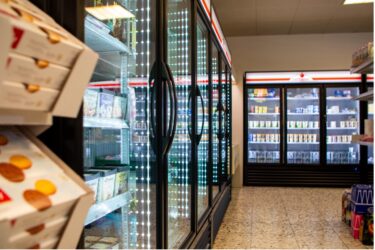
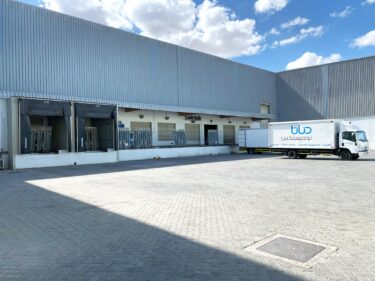
Marking another major milestone in its global growth journey, True Refrigeration has expanded its footprint in the Middle East with the opening of a new warehouse in Dubai.